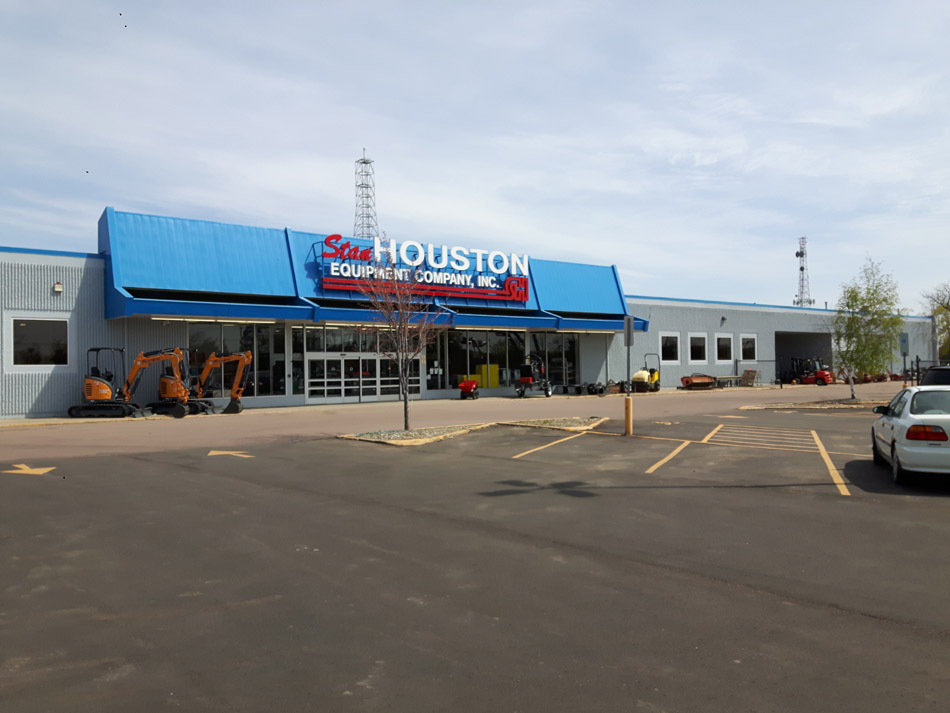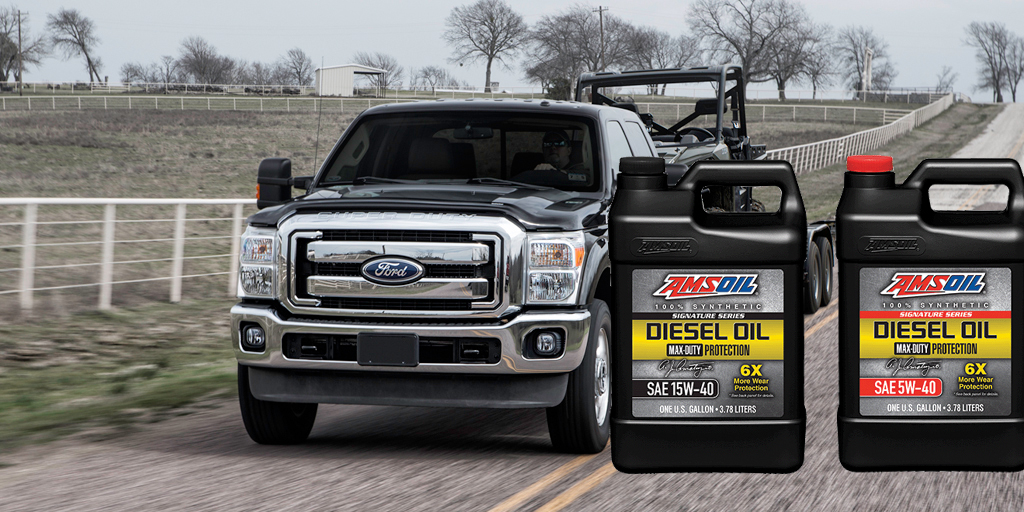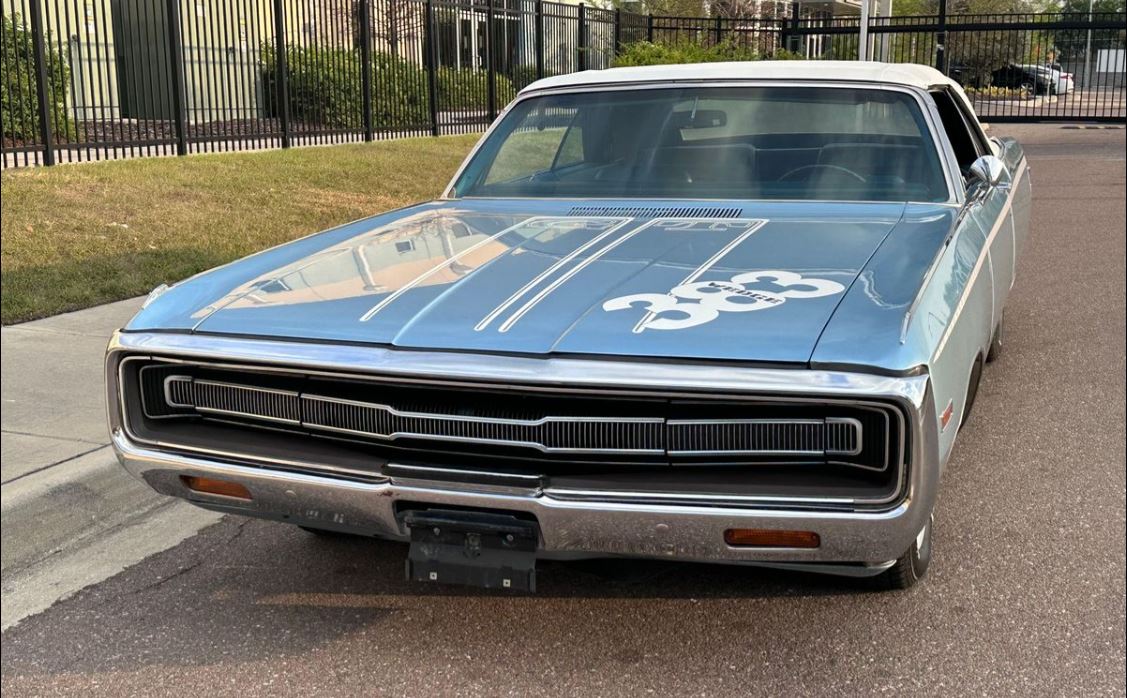Do you trust your cold air filter element to protect your motor? Your average OEM cellulose filter is excellent to good when compared to these oil wetted gauze filters. The easiest way to tell is just look for the word “nanofiber”. Of course that’s key but the matter in which the material is sprayed on […]
Eastern South Dakota Mess Package
Thanks to AMSOIL’s Sprays Winter Kept at Bay Cleaning and preventing big messes made easy. An arsenal of help. AMSOIL aerosols deliver cleaning power and performance you can see immediately. Mudslinger® Provides a protective layer of armor against the accumulation of mud, dirt and snow on ATVs, UTVs and dirt bikes, easing clean-up. Engine Degreaser […]
What Motor Oil is Best for Winter? (And ...
The Best Winter Motor and Transmission Oil Choice John Baker|Feb 15, 2019 10:00 AM Synthetic oil is best for winter. We’re done here. If only it were that simple. But most people want empirical data to support such claims. Well, take a look at the video. We cooled a conventional 5W-30 motor oil and AMSOIL Signature […]
How to Clean a Gun for Hunting Season
How to Clean a Gun for Hunting Season Mark Nyholm|Sep 06, 2019 10:49 AM Fall is fast approaching, which means if you’re an avid hunter, you’ve already been out kicking the bush testing your skills. Because I work during the week, I suppose I can be considered a weekend warrior – not too uncommon among […]










